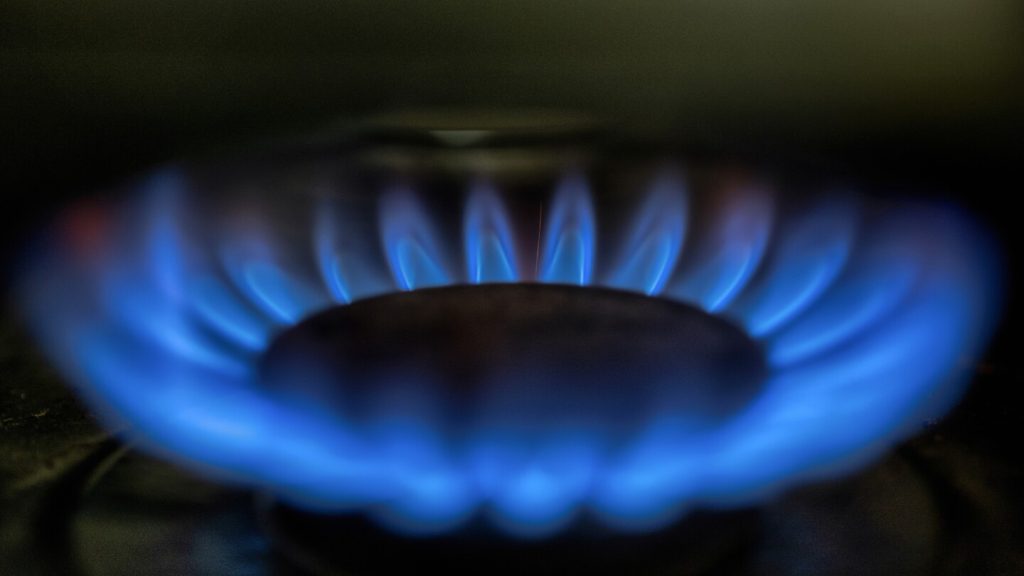A new bill passed in the California State Assembly could require all new gas stoves in the state to carry a label warning users about the pollutants they can release. The label would highlight the potential respiratory risks associated with breathing in chemicals such as nitrogen dioxide, carbon monoxide, and benzene. Proponents argue that this labeling is necessary to raise awareness about the health risks of gas stoves, especially for children with asthma and other respiratory issues. However, opponents believe the legislation is unnecessary and advocate for promoting better ventilation in buildings to improve air quality.
Gas stoves have become a focal point in political debates around climate policy, childhood health, and consumer choice. The city of Berkeley, California, previously attempted to ban natural gas in new homes and buildings, but faced legal challenges. The latest California proposal was inspired by a similar bill in Illinois that has not yet passed. In New York, a law banning natural gas stoves and furnaces in most new buildings starting in 2026 has already been passed. However, at the federal level, there was a bill that sought to ban the use of federal money to regulate gas stoves as a hazardous product, which has not been approved by the Senate.
California voters previously approved a law in the 1980s requiring warning labels on gas stoves and other products exposing people to significant amounts of harmful chemicals. The label proposed in the current bill would expand on this by specifically mentioning respiratory illnesses. A significant number of U.S. households, about 40%, cook using gas as a heat source. The Association of Home Appliance Manufacturers, which opposes the California bill, argues that adding more labels to gas cooking products does not address the overall concern of indoor air quality during cooking. They note that all forms of cooking generate air pollutants, especially at high temperatures.
It is recommended to improve ventilation while cooking by using a range hood that vents to the outdoors. For kitchens without a range hood, using a fan or opening windows during cooking can help mitigate the risks associated with gas stoves. Dr. Lisa Patel, a pediatrician and executive director of the Medical Society Consortium on Climate and Health, points to growing evidence that chemicals released by gas stoves worsen symptoms for people with respiratory problems like asthma. There is concern that these pollutants could contribute to the prevalence of childhood asthma cases. Patel compares the debate around gas stoves to past struggles to regulate seatbelts and tobacco products, highlighting the importance of prioritizing public health when addressing potentially harmful household appliances.
Overall, the legislation around gas stoves and their potential health impacts reflects a broader trend towards addressing indoor air quality, especially in the context of respiratory illnesses. With more evidence suggesting the negative effects of gas stove pollutants, policymakers are considering ways to educate the public and promote healthier cooking practices. As the issue continues to be debated at the state and federal levels, it remains crucial to prioritize public health and safety in decisions regarding household appliances and their impact on indoor air quality.


